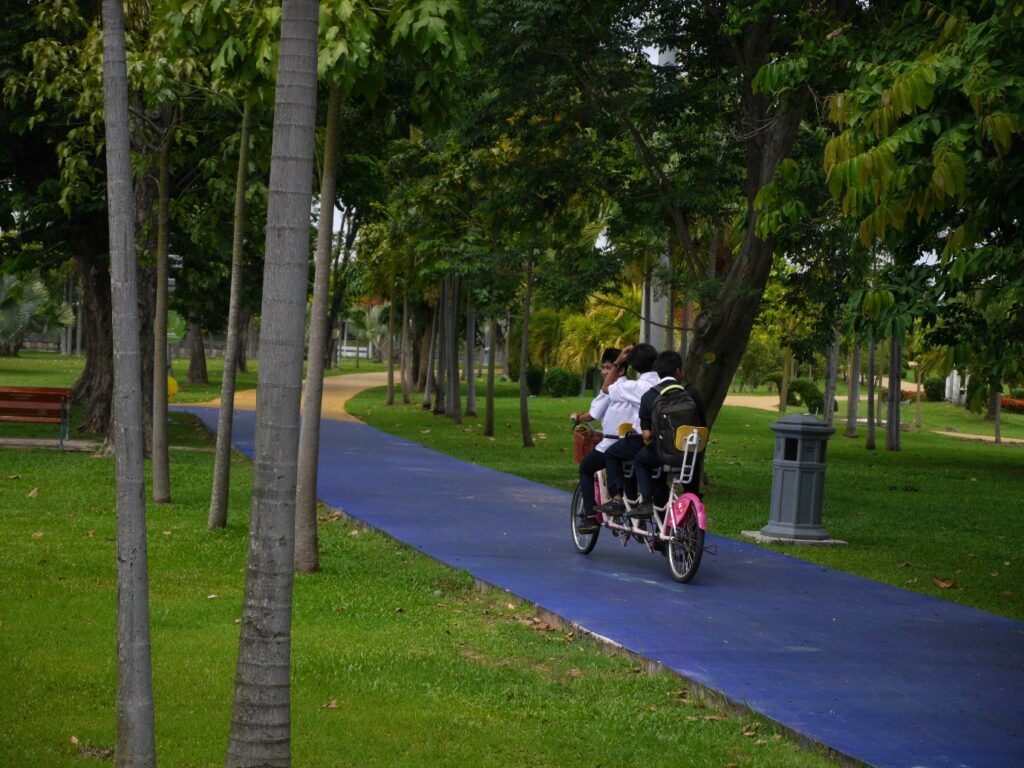City Know-hows

To create healthy urban places and spaces, public acceptance is key to success.
Share
Target audience
City and municipal planners, public health officials, elected officials at municipal level, health promotion practitioners, citizens
The problem
Poor eating habits and physical inactivity are linked to rising rates of obesity and related chronic conditions. The built environment plays a significant role in shaping these behaviours. To be effective, interventions and policies that transform the built environment to encourage healthy choices must be accepted by the public. However, the lack of context-specific Canadian data on acceptability highlights the need for further research to guide practice and address public health challenges.
What we did and why
We examined the level of agreement among adults in two major cities in Saskatchewan, Canada, to implement built environment interventions and policies promoting healthy eating and physical activity. We explored the individual and neighbourhood-level factors that influenced their agreement. We also looked at the effect of the degree of intrusiveness of the interventions, and policies on agreement. The study’s findings will have practical implications for designing more acceptable interventions to promote healthier behaviours in the population.
Our study’s contribution
We found that:
Recently implemented and proposed built environment changes in the cities may have impacted the study’s findings.
Impacts for city policy and practice
We found that:
Although more research is necessary to understand motivational differences between demographic groups, we can suggest cities need to consider the following;
Further information
Full research article:
Acceptability of built environment interventions to improve healthy eating and physical activity among city dwellers in Saskatchewan, Canada: THEPA findings from a local context by Sahana Ramamoorthy, Lise Gauvin, and Nazeem Muhajarine.
Related posts

New analysis methods were assessed. The majority of audit tool items showed moderate/almost perfect reliability. The desktop method was a valid alternative to on-site auditing, truncated but more time-efficient and economical.

Shared mobility hubs that offer (electric) bikes and cars can be a sustainable solution that enables people to expand their mobility options while protecting cities’ environment by reducing private car use and encouraging cycling. We interviewed residents of a deprived neighbourhood in Utrecht, the Netherlands, to understand their mobility needs and views on a recently implemented shared mobility hub in their neighbourhood, identifying potential obstacles in the process.

Opportunities exist to influence the growth of secondary cities, home to most of the world’s urban population, in ways that maximise residents’ wellbeing as well as achieve sustainability goals. More research is required to understand how this can be achieved, in particular in relation to city governance.